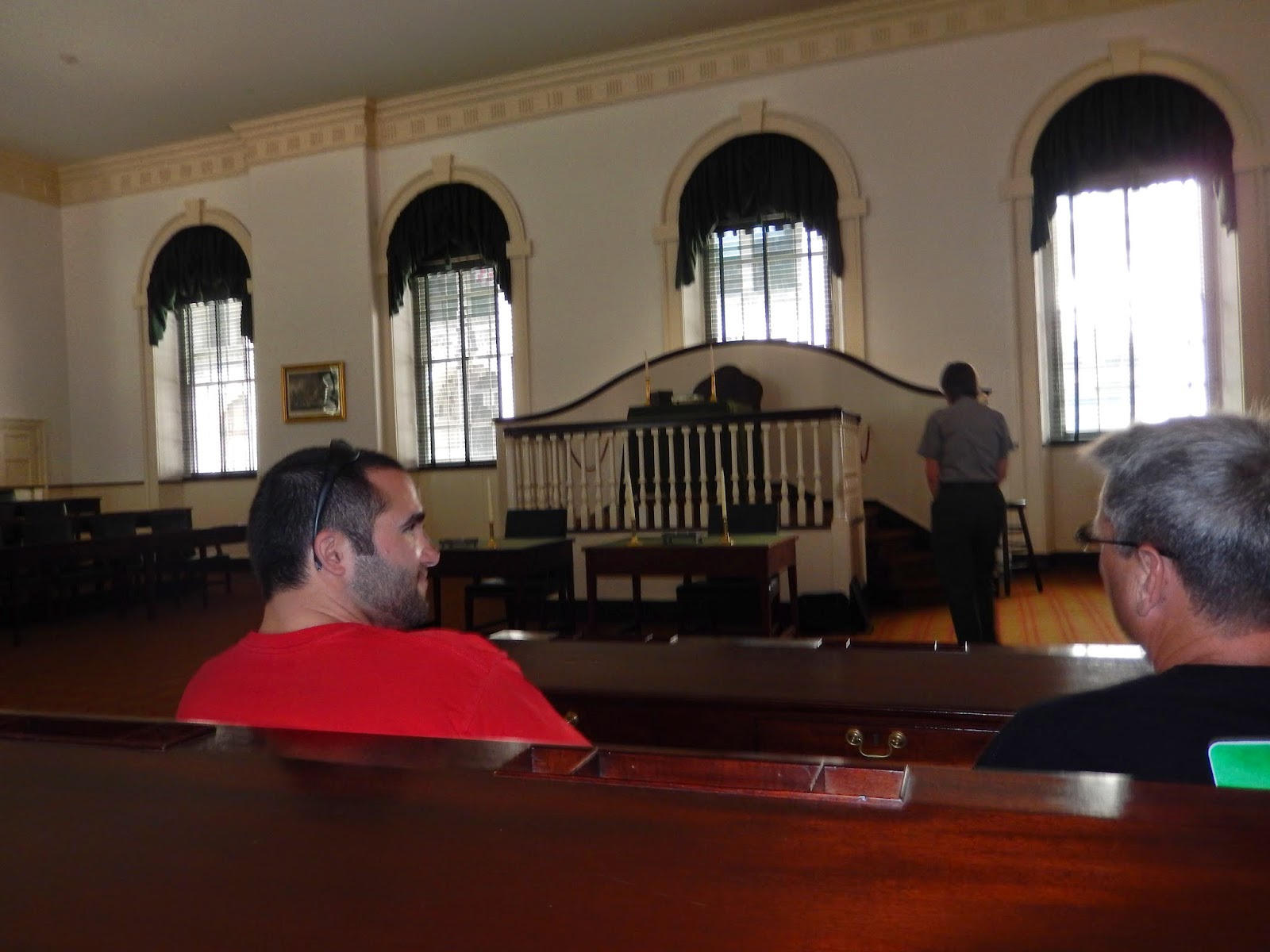Fig. 1: Independence Hall, Chestnut Street, Philadelphia, PA
The rear of the building is just as beautiful. I tend to choose one picture from a special trip like this one to have transferred to canvas. For this trip to Philadelphia, this is the one, the rear view of Independence Hall.
Fig. 2: Rear view, Independence Hall
The interior is full of Georgian architectural details.
Fig. 3: Interior Georgian architectural detail
A guided tour through the building becomes a lesson in history. Frankly, a month away from my visit, I can't remember all the little details of that tour, but I'll tell you what I do remember. (Guess I should have taken notes!) The tour of Independence Hall does not include all the rooms in the building, but to quote the National Park Service,
Independence Hall is the birthplace of America. The Declaration of Independence and U.S.
Constitution were both debated and signed inside this building.
Built between 1732 and 1756 to be the Pennsylvania State House, the building originally
housed all three branches of Pennsylvania's colonial government. The Pennsylvania legislature
loaned their Assembly Room out for the meetings of the Second Continental Congress and
later, the Constitutional Convention. Here, George Washington was appointed Commander in
Chief of the Continental Army in 1775, the Articles of Confederation were adopted in 1781,
and Benjamin Franklin gazed upon the "Rising Sun" chair in 1787. (Para. 1-2)
Here are the remaining photos I took during the tour:
Fig. 4: Court Room, first floor
The Pennsylvania Assembly room became the room where independence was deliberated and where the Declaration of Independence was debated and revised. Can you imagine putting your heart and soul into a document only to have the brilliant men around you criticize and change it right in front of you? That's exactly what happened to Thomas Jefferson. He stated later that they "mangled" it.
Fig.5: Pennsylvania Assembly room, staged for independence deliberations
Fig. 6: George Washington's chair
As George Washington resided, Benjamin Franklin took note of the sun cargving at the top of Washington's chair. At the end of the successful Constitutional Convention of 1787, Benjamin Franklin said, "I have often . . . looked at
that behind the president without being able to tell whether it was
rising or setting. But now I . . . know that it is a rising and not a setting sun" (Para. 33). There are beautifully done close-ups of the chair and its detail here.
Fig. 7: Franklin's location, set with his pipe
Fig. 8: Jefferson's location, set with his walking stick
Other important rooms await in this building. The first House of Representatives met here. As the country grew, more seating was needed, so the building was expanded. You can see toward the right (the wall butts out a bit) where the room was renovated to accommodate the additional legislators.
Fig. 9: First House of Representatives
The Senate met on the second floor. The room is much more elegantly decorated, and people at the time complained that the Senate was spending too much money on itself. Some things never change! And, as with Washington's Sun Rise Chair on the first floor, these chairs are original. So, while we tourists were allowed to sit in the House benches, the entire Senate was roped off.
Fig. 10: First Senate Chamber
Fig. 11: Center of Senate Chamber
The room boasts a reproduction of the rug that graces the Chamber. I figured this must be where the idea of the round rug in the Oval Office came from.
My visit to Philadelphia was truly wonderful. While I didn't get to see everything, like The Benjamin Franklin Museum at Franklin's Court, the interior or Christ Church, or the Liberty Bell, I did get to see most of what I wanted to see and left myself with several good excuses to visit Philadelphia again.
Oh, and that "personal reason" for visiting Philadelphia that I mentioned at the start of the previous post?
Fig. 12: Can you guess what else I did that weekend in Philadelphia?????
__________________________________________________________________
Works Cited
"Independence Hall." Independence National Historical Park. National Park Service. n.d.
Web. 28 Jul. 2014. <http://www.nps.gov/inde/historyculture/places-independencehall.htm>.
"Madison Debates, September 17." The Avalon Project: Documents in Law, History and Diplomacy.
Yale Law School, Lillian Goldman Law Library. n.d. Web. 28 Jul. 2014. <http://avalon.law.yale.
edu/18th_century/debates_917.asp>.

















No comments:
Post a Comment